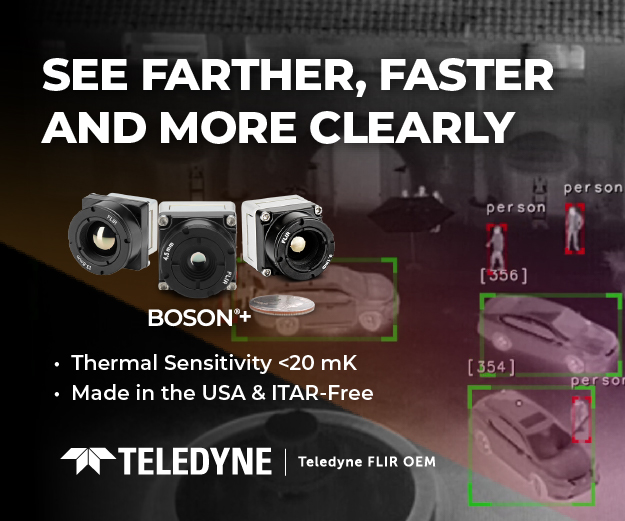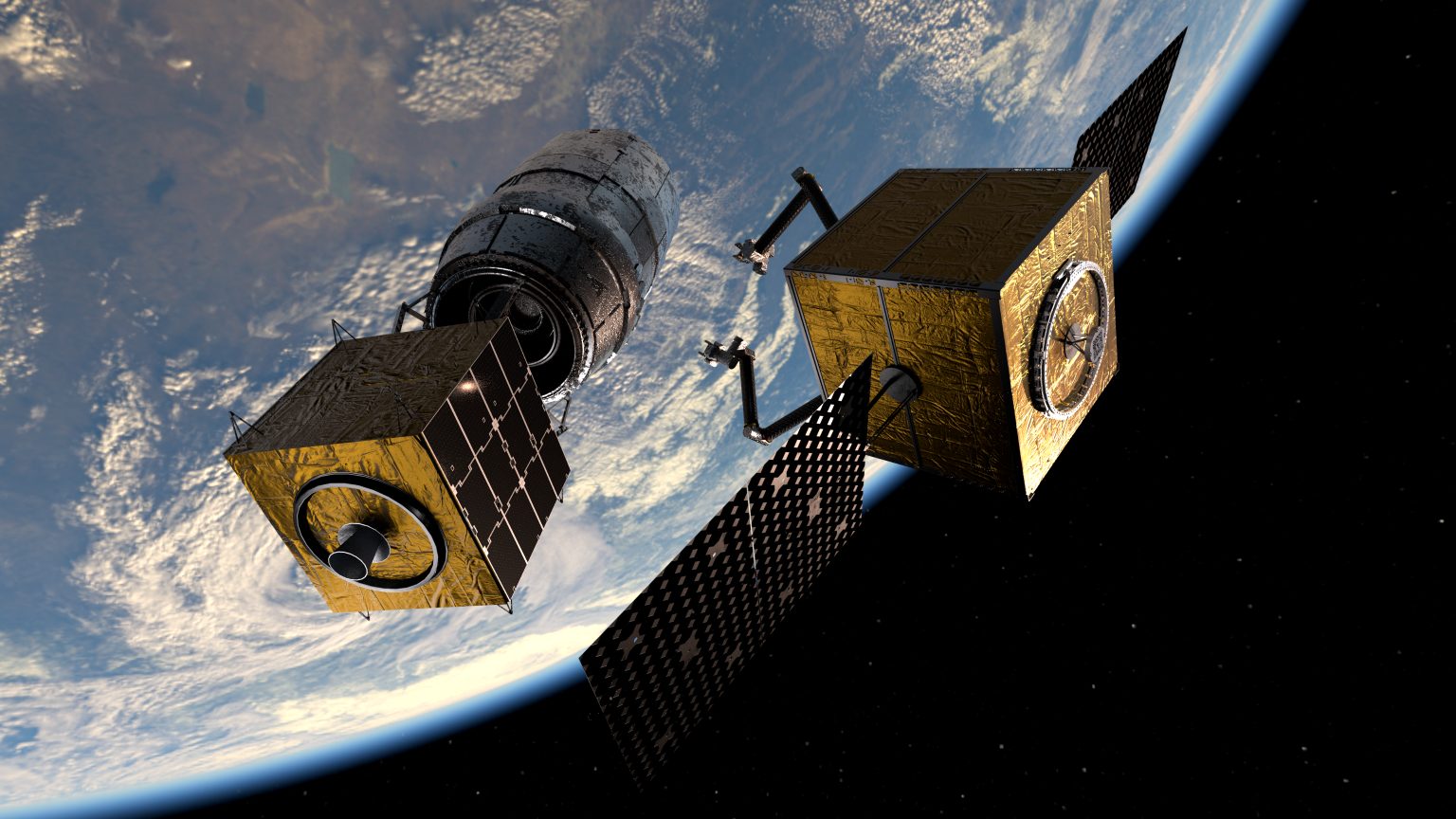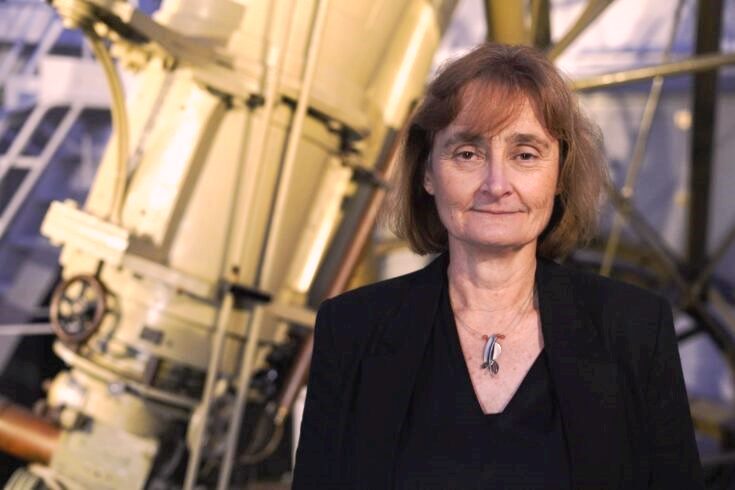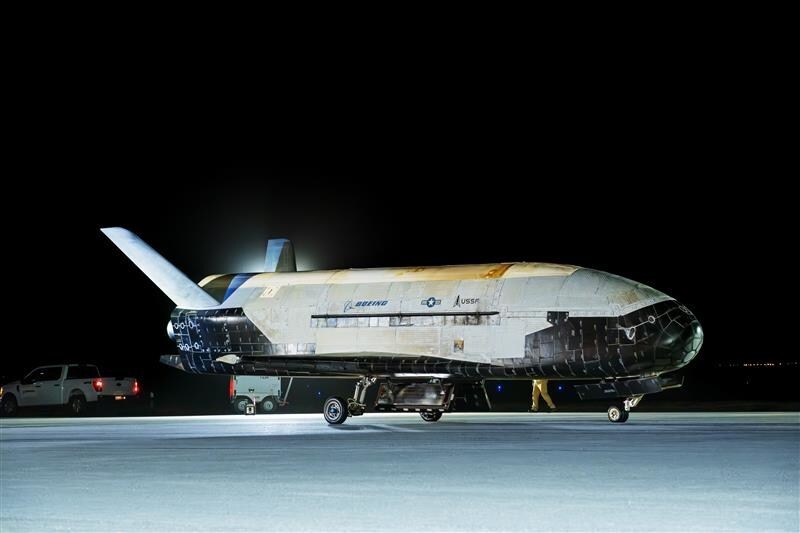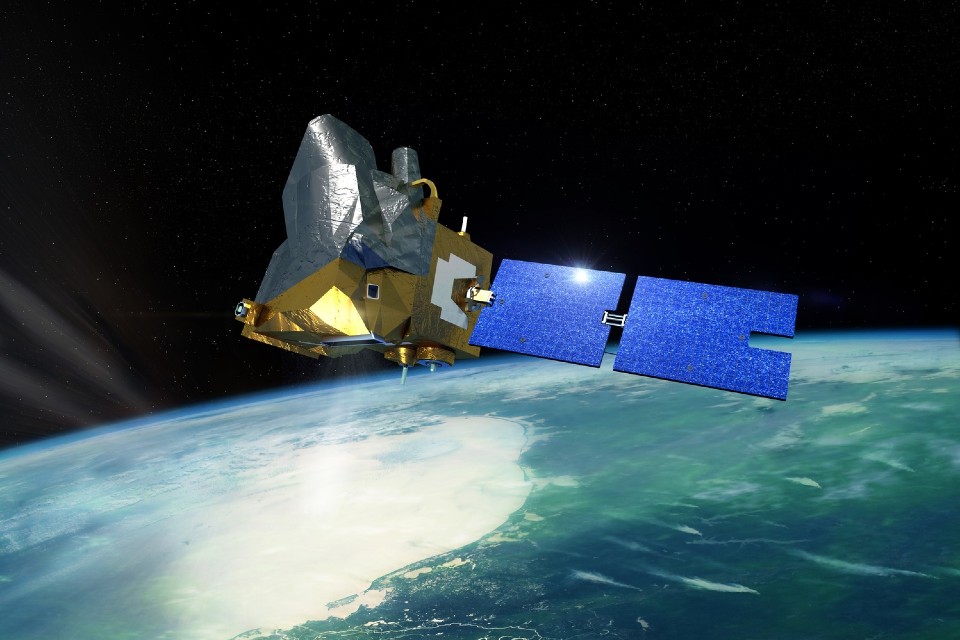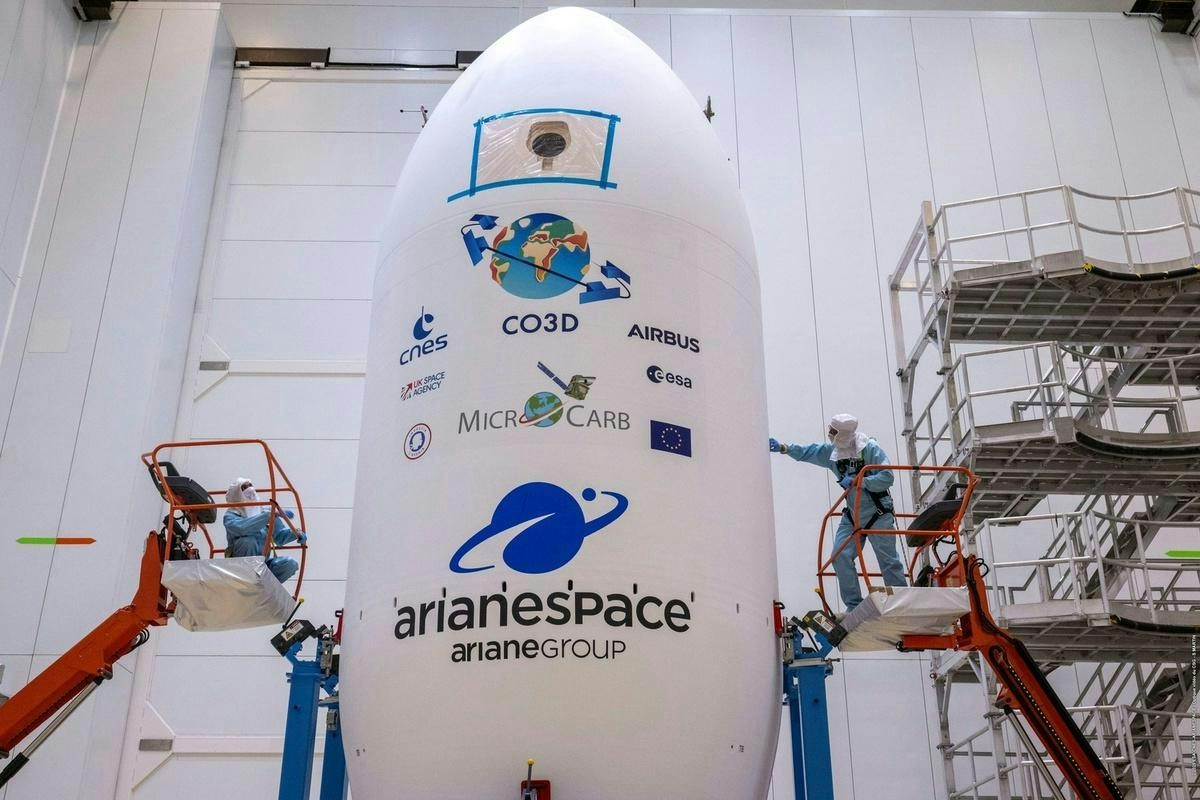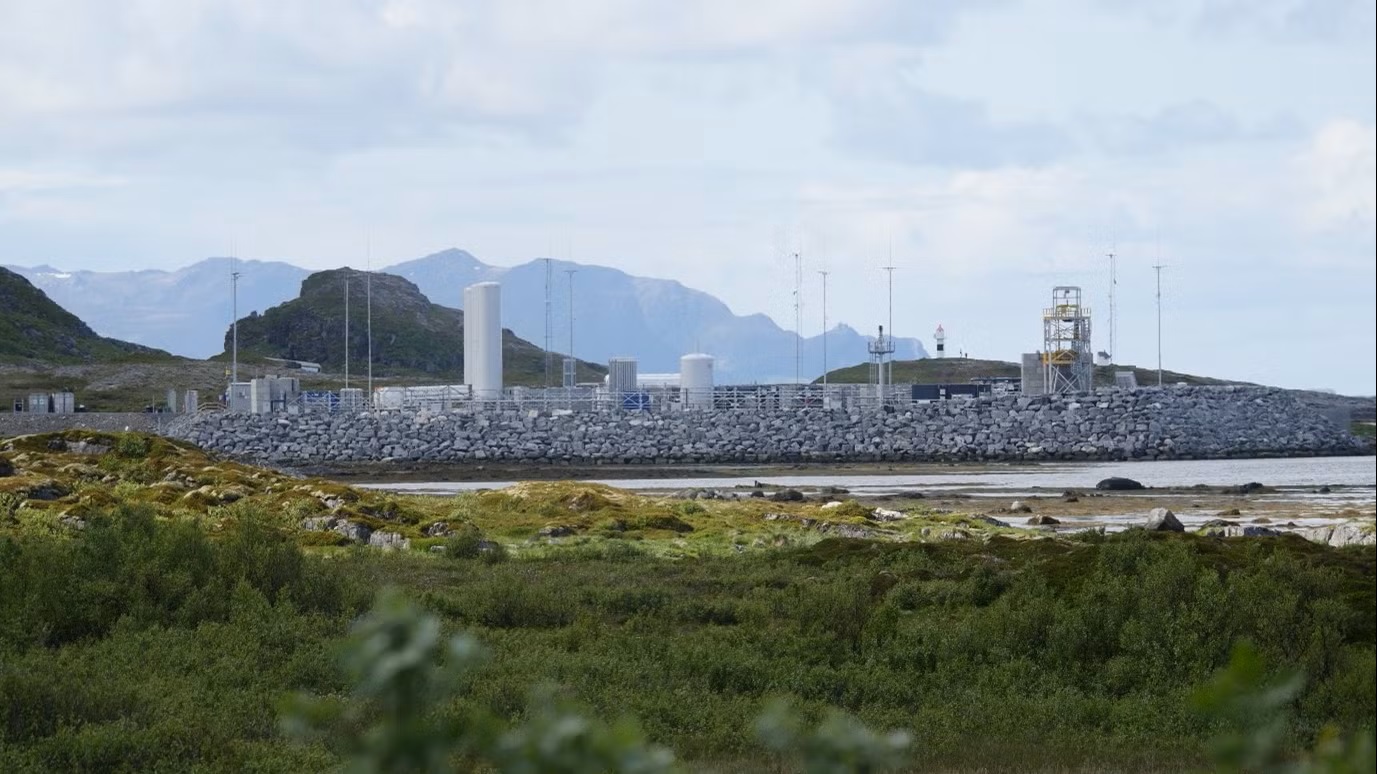Surrey Research Park helps turn Government's space agenda into reality
The UK's space sector is one of the nation's biggest success stories: it currently contributes around £7.5 billion a year to the UK economy, directly employs nearly 25,000 and supports a further 60,000 jobs across a variety of industries.
British technology is globally very competitive in four key areas in particular - communications, broadcasting, positioning and Earth observation - which means that the Government now considers space activity as an important area where "UK plc" can excel.
To this end, the space industry has agreed a path forward with the Government that aims to boost this sector even further. Many of the ideas enshrined in the Space Innovation and Growth Strategy (Space-IGS), published in 2010, have laid out a path that could take the UK from a position where it currently claims 6% of the global market in space products and services to 10% by 2030, creating as many 100,000 new hi-tech jobs and helping to forge an industry with a turnover of £40 billion a year. As part of the 2011 Chancellor's Budget, £10 million funding has already been made available to support new technologies used in spacecraft systems.
Part of this government vision is currently being realised by The International Space Innovation Centre - Surrey (ISIC-S), based on The Surrey Research Park in its Surrey Technology Centre, which provides dedicated business support for SMEs and start-up companies operating in the space industry, and specifically for businesses in the South East region. ISIC-S provides companies with business incubation and laboratory space, business development support and mentoring from specialist advisors, skills development through workshops and networking events, and opportunities to collaborate with academia and industry in space and non-space industries.
ISIC-S's vision is to draw together academic research partners, international businesses and SMEs into a ‘cluster' in order to create an entrepreneurial environment that will help to unite the upstream and downstream space industry. ISIC-S's mission, therefore, is to promote business opportunities, supply chain activity, innovation, networking and skills development, which will lead to new products and services, business growth, bid winning, new jobs and wealth creation.
"All of ISIC-S's members, along with several other Park residents, are helping to put The Surrey Research Park at the forefront of innovation and development in the South East, whilst also enhancing the fantastic reputation that the South East already has for its contributions to the space industry," said Sarah De'Lacy, the ISIC-S director. "We have always asserted that The Surrey Research Park is an unparalleled centre of excellence when it comes to the research, development and design that is needed to support the Government's space agenda, and the exciting work being done by ISIC-S and others illustrates this point very clearly."
With vast expertise in space weather and cosmic radiation, the team behind SolarMetrics use advanced computer-predictive technology to calculate atmospheric radiation levels. Space weather and cosmic radiation affect the management and safety of all air and space operations, both commercial and military, by damaging avionics, as well as disrupting radio transmission, mobile communications and satellite navigation systems. SolarMetrics helps airlines and corporations to deal effectively the impact on air travellers, aircraft and air traffic systems.
TISICS is the only producer of ultra high-tech titanium composites outside of the United States. These titanium composites are 40-70% lighter than conventional metals used in systems such as engines, brakes and landing gear, providing a cheaper and more efficient alternative for airlines and air forces. Large customers in the automobile and aircraft industry are confident in the benefits that TISICS has shown in its pilot processes, and now wish to see TISICS make a series of production parts by 2015.
Surrey Satellite Technology Limited, an independent British company within the EADS Astrium NV group, delivers operational space missions for a range of applications including Earth observation, science and communications. The company designs, manufactures and operates high performance satellites and ground systems, with 350 staff working on turnkey satellite platforms, space-proven satellite subsystems and optical instruments.
The company began life back in the mid-1970s, led by a group of highly skilled aerospace researchers working in the Electrical Engineering Department of the University of Surrey, who decided to experiment by creating a satellite using standard consumer technology. That first satellite, UoSAT-1 (University of Surrey satellite) was launched in 1981 with the help of NASA, who had become very interested in the group's work.
This first mission was a great success, outliving its planned three-year life by more than five years. Most importantly, the team showed that relatively small and inexpensive satellites could be built rapidly to perform successful, sophisticated missions. As a result, in 1985, the University of Surrey formed Surrey Satellite Technology Limited (SSTL) as a spin-out company to transfer the results of its research into a commercial enterprise that would be able to remain at the forefront of satellite innovation.
Today, more than 10% of SSTL employees have qualified at the University of Surrey, and SSTL continues to transform their academic research into commercial success. Its continuing links with the University of Surrey provide opportunities to offer MSc and PhD qualifications alongside hands-on training in the design and operation of spacecraft.
The growth in company size and the capability delivered to its customers has continued to accelerate. SSTL now employs more than 350 staff, has launched six spacecraft, with seven more under manufacture, and is delivering missions that provide critical and valuable services to customers across the globe. The company also provides training and development programmes, consultancy services, and mission studies for ESA, NASA, international governments and commercial customers, with its innovative approach that is changing the economics of space.
"We have been delivering small satellite missions for over 25 years, longer than anyone else in the world, giving us the experience to justify our reputation as the world's premier provider of operational and commercial satellite programmes," says Professor Sir Martin Sweeting, executive chairman, SSTL. "Today, we remain 100% committed to bringing affordable space exploration to SSTL's customers with a range of small satellites for Earth observation, communications and navigation services. By working with both the University of Surrey and the Surrey Space Centre on new concepts for small satellites, we will be able to maintain our highly innovative approach, and will therefore continue to challenge and change the economics of space."



